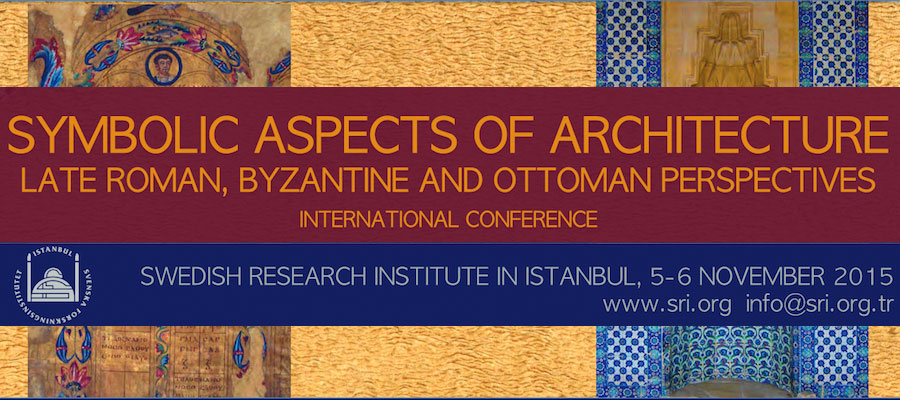Symbolic Aspects of Architecture: Late Roman, Byzantine and Ottoman Perspectives, Swedish Research Institute in Istanbul, November 5–6, 2015
In Constantinople, centre of three empires that together lasted more than 1600 years and melting pot for three great religions and for Eastern and Western social systems and cultural traditions, old and new architectural forms were developed to serve various purposes. In this conference we will explore the correlations between architectural forms and their concrete functions and symbolic meanings in late antique, Byzantine and Ottoman contexts, with an emphasis on how architecture could represent and serve as connecting links between different realms and abstract notions. The time frame is c. 300 to 1900, and the geographical frame Constantinople–Istanbul and its sphere of influence (Mediterranean, Near East). Papers will deal with built architecture — single monuments and building-types, ceremonial settings, urban contexts — as well as architectural motifs in art and literature, and more wide-ranging phenomena of architectural history and continuities in the employment of architectural forms over time and between cultures.
